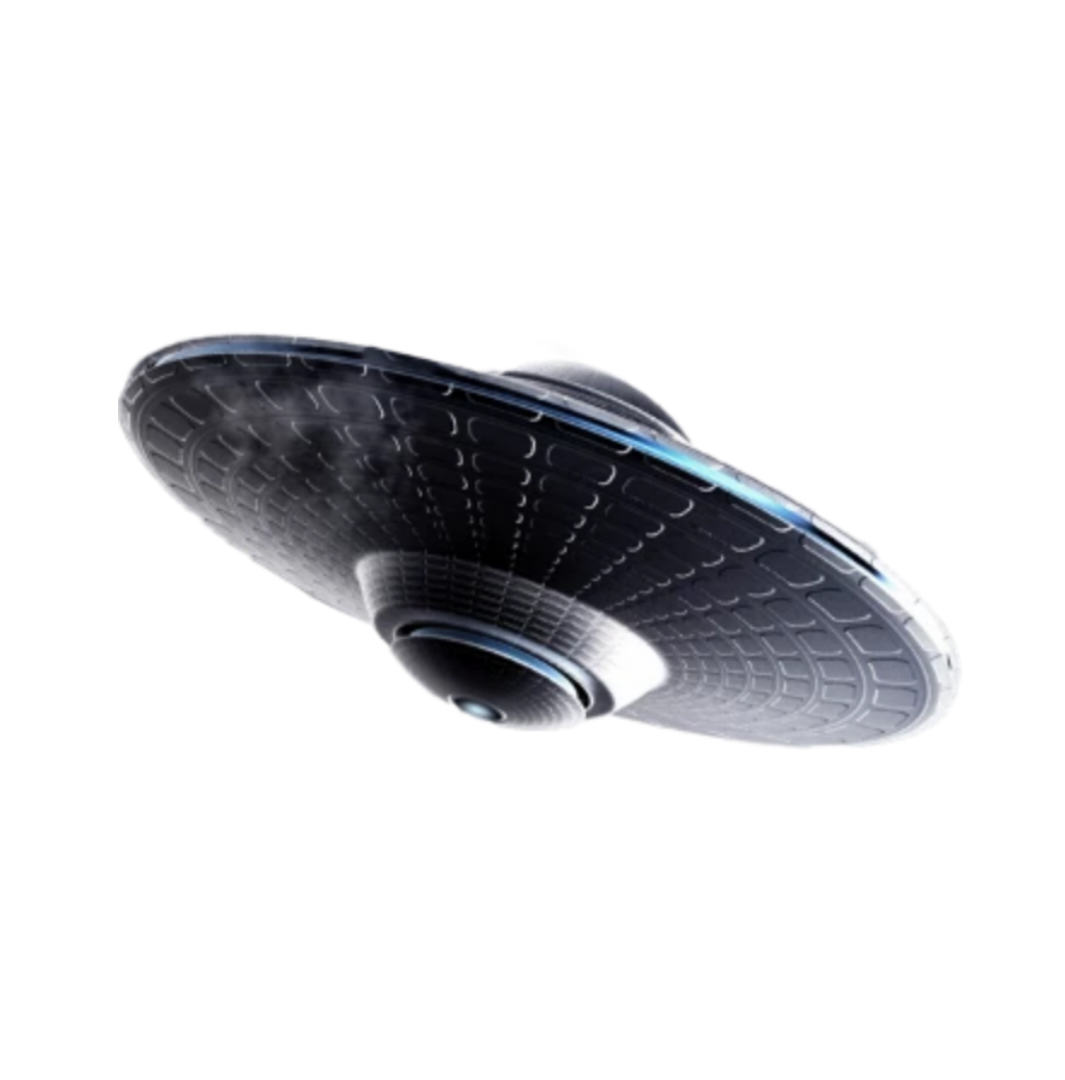CIA Admits Government Lied About UFO Sightings
In the darkest days of the cold war, the military lied to the American public about the true nature of many unidentified flying objects in an effort to hide its growing fleets of spy planes, a Central Intelligence Agency study says.
The deceptions were made in the 1950's and 1960's amid a wave of U.F.O. sightings that alarmed the public and parts of official Washington.
The C.I.A. study says the Air Force knew that most reports by citizens and aviation experts were based on fleeting glimpses of U-2 and SR-71 spy planes, which fly extremely high.
Those planes were developed in the 1950's and 60's to photograph enemy targets. From secret bases, mainly in California and Nevada, the aircraft repeatedly flew across the country and eventually overseas to bases in countries that included Britain, West Germany and Taiwan.
While commercial airliners in the 1950's flew at altitudes of up to 30,000 feet, the U-2 soared to more than 60,000 feet and the SR-71 to more than 80,000 feet, or 15 miles, nearly the edge of space.
The planes carried powerful cameras to spy on foreign military installations and sensitive electronic gear to capture radio and radar transmissions. The spy craft were developed by the intelligence agency and often flown by the Air Force.
Rather than acknowledgeing the existence of the top-secret flights or saying nothing about them publicly, the Air Force decided to put out false cover stories, the C.I.A. study says. For instance, unusual observations that were actually spy flights were attributed to atmospheric phenomena like ice crystals and temperature inversions.
''Over half of all U.F.O. reports from the late 1950's through the 1960's were accounted for by manned reconnaissance flights'' over the United States, the C.I.A. study says. ''This led the Air Force to make misleading and deceptive statements to the public in order to allay public fears and to protect an extraordinarily sensitive national security project.''
The study, ''C.I.A.'s Role in the Study of U.F.O.'s. 1947-90,'' was written by Gerald K. Haines and appears in Studies of Intelligence, a secret Central Intelligence Agency journal. Five years ago, the agency began releasing unclassified versions of the journal yearly. The 1997 edition, with the study on unidentified objects, is at http://www.odci. ogv/csi/studies/97unclas/ on the World Wide Web.
Mr. Haines is a historian at the National Reconnaissance office, the intelligence agency that builds and runs the nation's spy satellites.
The admission of Federal deception on the issue appears to be a first, experts said in interviews.
''It's very significant,'' said Richard Hall, chairman of the Fund for U.F.O. Research, a group in Washington. ''Certainly they've lied about not having any interest in the subject. But I don't know of any other deception like this.''
John E. Pike, head of space policy at the Federation of American Scientists, also based in Washington, said the admission raised questions about other Federal cover-ups involving U.F.O.'s.
''The flying-saucer community is definitely onto something,'' in charging that the military is hiding something, Mr. Pike said.
There are two schools of thought on the nature of such a cover-up. One, from Mr. Pike and other aerospace experts, holds that many sightings over the decades involved secret Federal projects featuring advanced aircraft and reconnaissance missions. The new admission strengthens that view.
The other school holds that the Government has come into possession of extraterrestrial craft and beings and is hiding them from the public, partly to avoid causing panic. That view was celebrated on the most recent anniversary of an incident in Roswell, New Mexico, in which many now believe an exotic non-terrestrial vehicle crash-landed and was seized by the US military.
The deceptions about the spy flights were issued in some of the tensest days of the cold war. The Soviet Union exploded its first hydrogen bomb in 1955, the year that the U-2 flew for the first time.
In 1960, a U-2 was shot down over the Soviet Union, leading to the cancellation of an East-West peace conference. In 1962, a U-2 spotted a buildup of Soviet nuclear arms in Cuba, precipitating the diplomatic crisis regarded by some experts as the closest the superpowers came to nuclear war.
To make the spy planes harder to see and less likely to prompt U.F.O. reports, they were eventually painted black. The C.I.A. study said U-2's initially had silver bodies ''and reflected the rays from the sun, especially at sunrise and sunset.''
The report added that ''they often appeared as fiery objects to observers below.''
But the SR-71, which first flew in 1964, was apparently painted black from the start. Its nickname was the Blackbird.
Written by William J. Broad










No comments